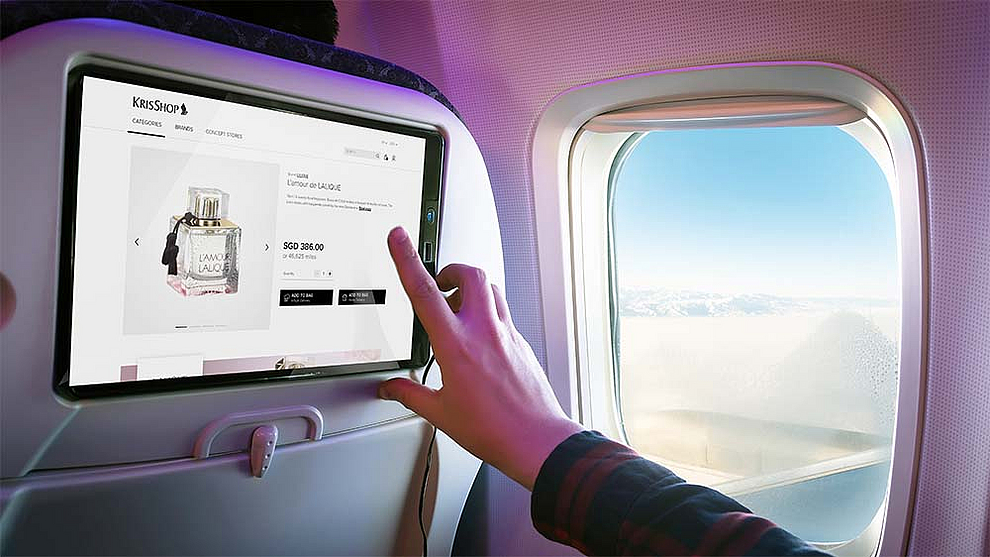Business travel is back — not to pre-pandemic levels, of course, but companies are encouraging their employees to hit the road and get real face time (not to be confused with Apple’s video calls) with vendors, partners, and potential new customers. As airlines take big steps toward a better future with investments for sustainable fuel and pay increases designed to solve the labor shortage, it’s time for the industry to focus on making a difference long before any of those business travelers arrive at the gate with better booking and service processes.
Plenty of corporate travelers opt to book direct, preferring the same experience they are used to on their favorite carrier’s website or mobile app. However, it’s no secret that the process is often more complicated than it needs to be. Since a corporate traveler will often appear as any other regular customer, policies for expenses aren’t available. Then, they might have to submit their expenses — only to discover that their tickets or ancillaries are not eligible for reimbursement. Plus, travel managers aren’t even aware about the booking in the first place. It’s a mess of disjointed information that creates headaches and frustrations for everyone involved in the process.
Navigating Around the ‘Iceberg’
That deep cavern of information is what Kyle Moser, director of multinational sales at American Express Global Business Travel, compares to an “iceberg.”
“Only about 10 percent of [a travel reservation] is visible,” Moser said in a recent episode of Airlines Reporting Corporation’s (ARC) Omnichannel Chatter podcast. “There is a mass of stuff that goes on underneath that most people don’t get.”
Omnichannel retailing and servicing helps sync all that information and turns a turbulent booking journey into a smooth ride. ARC acquired nuTravel in 2020 with a focus on making omnichannel a reality for the aviation industry, and now, nuTravel has unveiled Universal Connect — the first open and agnostic integration platform that enables direct booking capabilities with access to corporate rates and travel policies. United Airlines is already part of the beta, with American Airlines coming onboard soon.
“If a traveler’s company is registered with nuTravel’s Universal Connect,” Joe Ascanio, vice president of marketing and digital strategy at nuTravel, told Skift, “that traveler can go to a participating carrier’s app or website and book their travel with their corporate negotiated rates, payment methods, and travel policy information available, creating a consistent experience with corporate or TMC booking tools.”
For business travelers who are tired of dealing with a cumbersome booking process, the chance to book that flight to next week’s big meeting the same way they booked that flight for their summer vacation is a breath of fresh air. Finally, they can enjoy the ingredients that have seemed elusive for so long: flexibility and freedom.
Taking a Cue From Consumer-Facing Brands
An omnichannel approach might sound new for the corporate world, but Sarah Boyd, senior manager of airline retailing solutions at ARC, highlights that all those business travelers are quickly getting used to frictionless planning and purchasing in every other facet of their lives. Consider how Amazon — the ultimate name in ecommerce — has embraced a brick-and-mortar approach to give customers access to services away from their screens. The company operates physical counter locations where customers can easily pick up packages, drop off returns, and get in-person assistance. The experience that a customer might begin on their smartphone or laptop picks up right where they left off when they walk into the store. And if a customer doesn’t have access to an Amazon counter location, they can head to a dedicated Amazon counter at Kohl’s.
It’s not just Amazon, either. Consumers can browse for eyeglasses in store and then buy them in an app with Warby Parker, and they can try on makeup in an app and then buy it in store with Sephora. It’s a buy anywhere, service anywhere model that customers love.
“Today’s traveler expects an omnichannel experience since they receive that with other products,” Boyd said. “Customers don’t understand why they might not see their corporate rate if they book directly with the airline or why they don’t have access to certain ancillaries through travel agencies.”
Simplifying the Servicing Aspect — And Keeping Everyone Informed
The initial booking decision is just one critical piece of the omnichannel puzzle. When corporate travelers want to make changes — opting to extend a trip to have their family join them, for example — that adjustment shouldn’t require retracing any steps to get back to the original booking channel. “When customers need to manage their booking,” Boyd said, “they can do that through whichever channel is most convenient and have access to the same options and policies.”
While it’s important to make the traveler’s life easy, it’s equally essential to make sure that corporate policies are applied and the travel manager is in-the-know, too. “If a traveler books through an agency using a direct connection with an airline, like NDC, but needs to make changes at the airport with a customer service representative, the airline can then use NDC messaging to push those changes back to the agency,” Boyd said.
Speaking of change, it has never come easy in a corporate travel space that often seems unmovable — a characteristic that makes Moser’s iceberg comparison even more appropriate. While Boyd acknowledges that shifting to an omnichannel model is a “complicated challenge” for airlines and agencies, she believes it is essential for the future of travel. She explained, “The members of the travel industry who best keep pace — whether airlines, agencies, or travel managers — will be best positioned for success.”
Source: Skift






